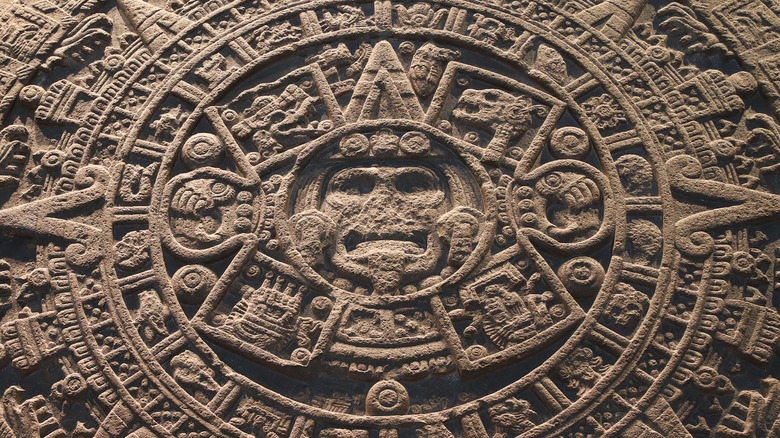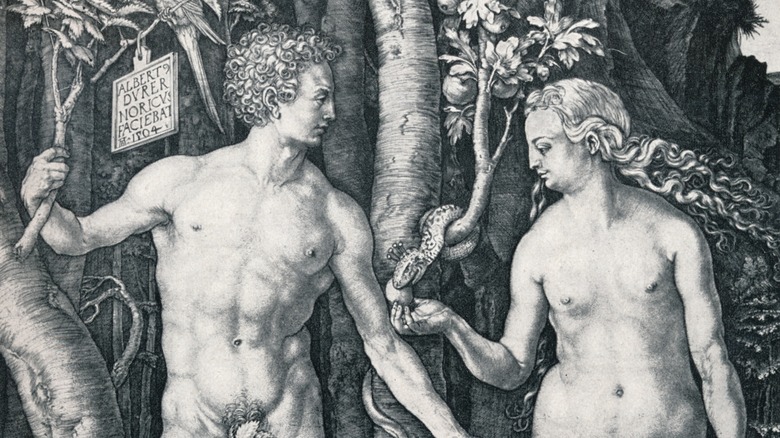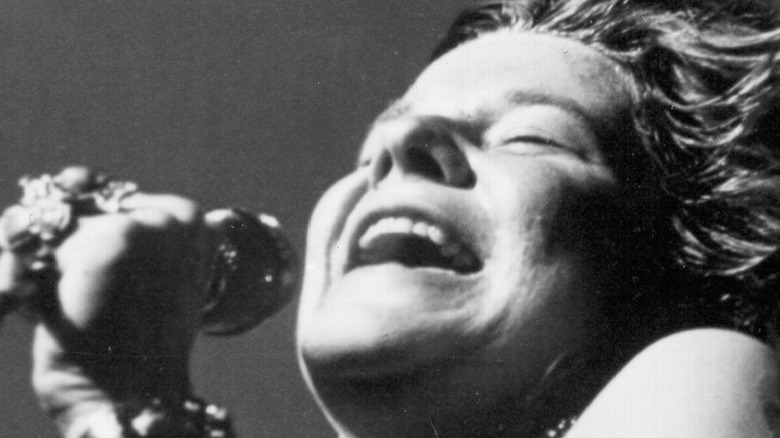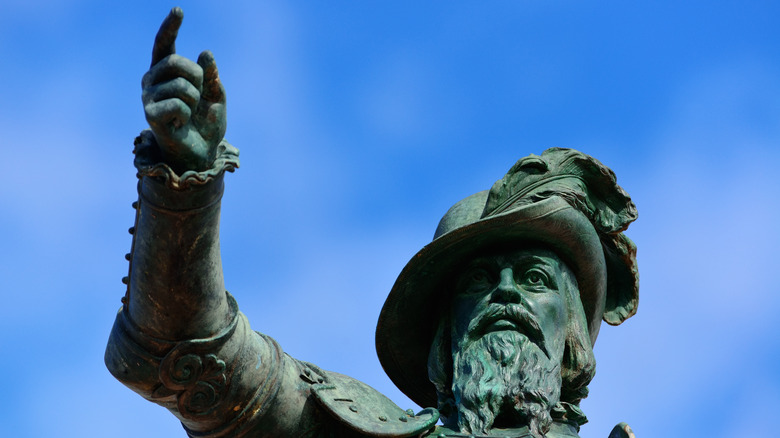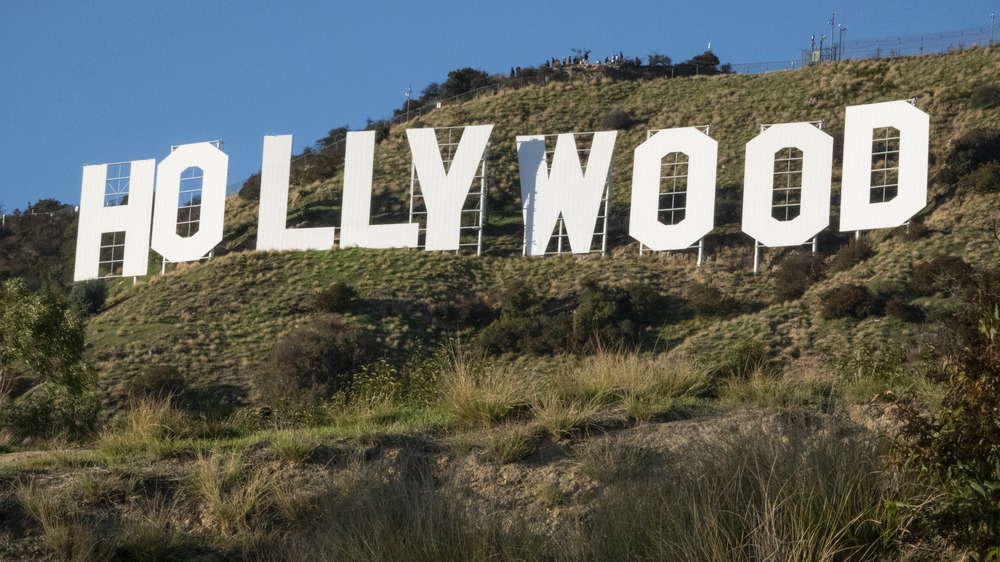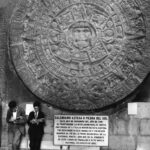
Where Can The Aztec Sun Stone Be Found Today?
When the Spanish came to what is now the country of Mexico, they quickly set about dismantling as much of the indigenous culture as possible. This included its religion, political structure, architecture, and more. According to the Food Empowerment Project, the conquest even included the Spanish trying to force their “civilized” food onto the Mexica (original name of the Aztecs), Maya, and other Mesoamerican peoples.
As Britannica notes, conquistador Hernán Cortés entered the Aztec capital of Tenochtitlán on November 8, 1519, and the city fell to Spanish rule two years later. Inside the city’s main temple sat the impressive monument known today as the Aztec Sun Stone. Several theories about what the stone was really meant and used for have been posited over the centuries, many of those thanks to one of the first outsider theories about it. According to The History Blog, not long after the Spanish took control, Archbishop Alonso de Montúfar claimed that the stone’s origin and influence were satanic, so he had it flipped face down and buried in what had become the main square of Mexico City. There it would lie for more than two centuries, only to be rediscovered by a construction crew in 1790.
Luckily, Mexican scholar Antonio de León y Gama saw, not Satan, but a calendar in the stone. He advocated for the conservation of the stone, having it set up on display for tourists outside the Metropolitan Cathedral. But that isn’t where you’ll find the Aztec Sun Stone today.
The Aztec Sun Stone is in one of the world's premier anthropology museums
The Aztec Sun Stone remained propped up outside the cathedral for almost another hundred years. As Thought Co. reports, it was decided that the stone should be sheltered from the effects of the weather and moved to the National Museum. Although it was just a few blocks away, it took a total of 15 days to complete the move. In 1964, the Sun Stone made another move, this time to the newly built National Museum of Anthropology, in Mexico City’s Chapultepec Park. It is now the flagship piece of one of the most impressive collections of Mesoamerican artifacts in the world.
As Frommer’s notes, the National Anthropology Museum’s collections are so extensive and detailed that it’s good to have a game plan when visiting. If you start chronologically, expecting to just traipse through history until you get to the present day, you’ll be too pooped to enjoy the truly impressive stuff at the end. If you do go, head straight to the back and take in the awe-inspiring piece right off the bat. Then hit up the other exhibits. Make sure you don’t miss the section on the Mayans, either. If you can’t make it, check out the high-definition photo of the Sun Stone on Google Arts & Culture.

The Dramatic Way The Printing Press Changed History Forever
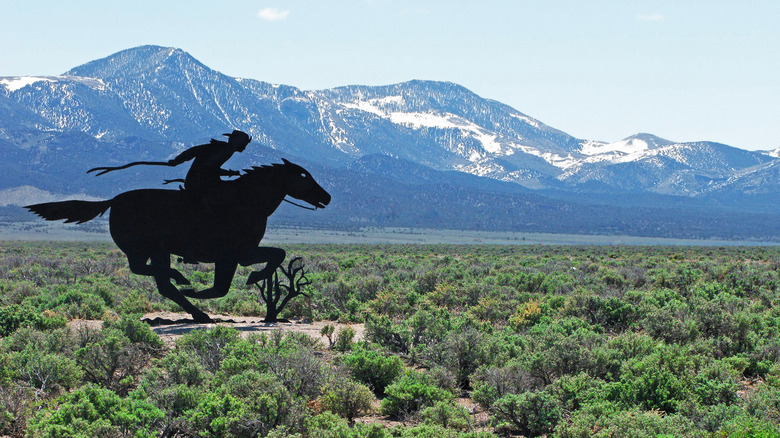
The Reason The Pony Express Riders Had To Carry Bibles
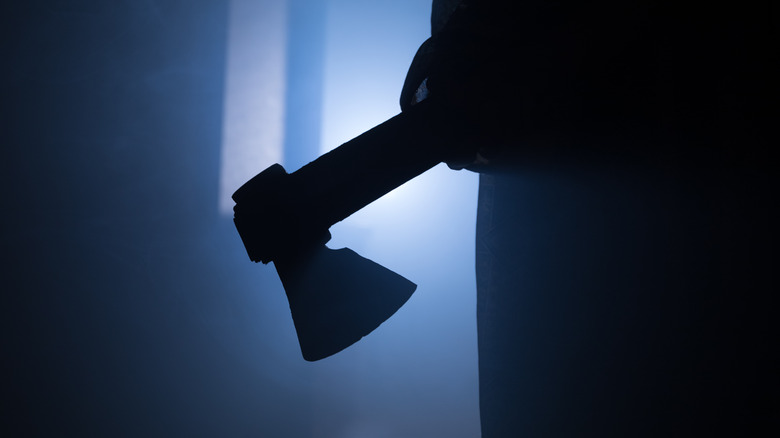
The Century Old Ax Murder Mystery That's Still Unsolved

The Strange Details Surrounding Brianna Maitland's Disappearance
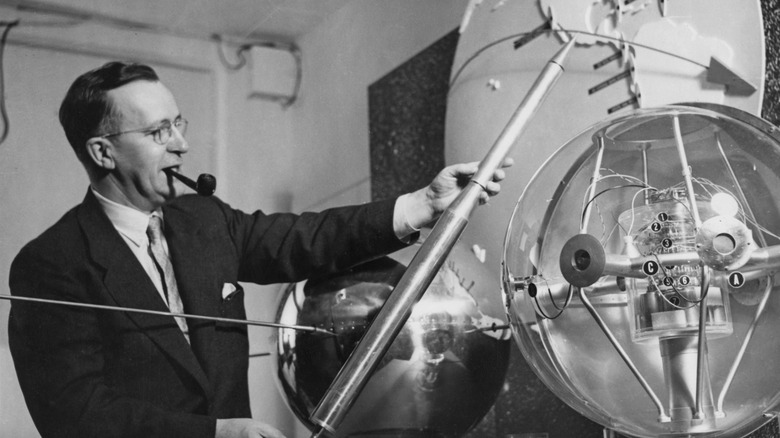
The Dark Truth About America's First Attempted Satellite Launch

The Messed Up Truth Of Venezuelan President Nicolas Maduro

The Truth About Bowling's Origins As A Dark Religious Ritual

How The Vatican Helped Nazis Escape During World War II

The Truth About Richard Nixon's Assassination Attempt

The Mystery Of The Umbrella Man At JFK's Assassination
